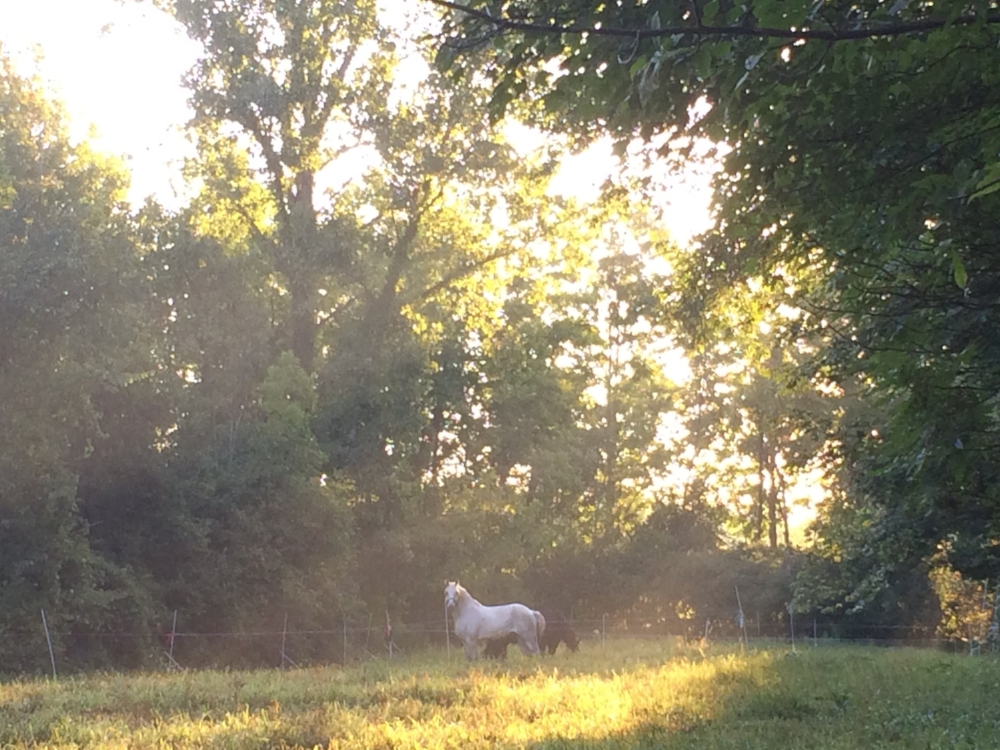Local Farms Fund (LFF) was a community impact farmland investment fund that supports young and early-stage farmers in the NY Foodshed with secure land access. The Fund provides sustainable farmers with lease-to-own arrangements on farm properties in the states connected to the NYC metropolitan area, the NY Foodshed. The investment model is purposefully structured to meet the needs of the farmers and provide security to the investors. The Fund, a Slow Money NYC project designed using Slow Money principles, delivers positive social (farm business & community development) and environmental (sustainable agriculture) impacts while generating modest financial returns for the investors.
We began our lease-to-own agreement with LFF in May of 2015, and with an option to purchase the farm in 2020. To help us afford the property, and to ensure it remains undeveloped and available to other farmers long into the future, we took nearly 4 years to protect this farm. In early 2019, the farm was permanently protected for agricultural purposes with a conservation easement. We worked with LFF, Saratoga PLAN– our local land trust, and Equity Trust to put this conservation easement in place. Funding for this project came from the New York State Hudson Valley agricultural Enhancement Program, Saratoga County’s Open Space and Farmland Protection Fund, Equity Trust’s Hudson Valley Farm Affordability Program as well as from the Rudolf Steiner Foundation who provided support for PLAN’s stewardship of the easement. The easement, held by PLAN, protects the farm from any development that would impair its agricultural potential. It also includes a resale restriction that protects affordability, specifically for farming, all of which makes it more likely that other farmers in the future will be able to access and afford this amazing farm after our time here has passed.
On September 1, 2020, we closed on the farm! We have a 15 year mortgage with the USDA Farm Service Agency. We're already looking forward to a big celebration in the year 2035! In many ways, our relationship to this place was already one of deep commitment and our tenure arrangement with LFF was such that it has felt like it was "ours" from day one. But there is a subtle shift in how it feels to be here now. This is especially true as regards thinking about some of our longer term plans such as perennial crops, silvopasture, farm stay housing and other infrastructure projects. We also feel even more empowered to think about what this place will be like after we leave it and how we can be good stewards. We now have an increased responsibility to this place. We hope to do well by it. We are excited and hopeful to see what's yet to come.















